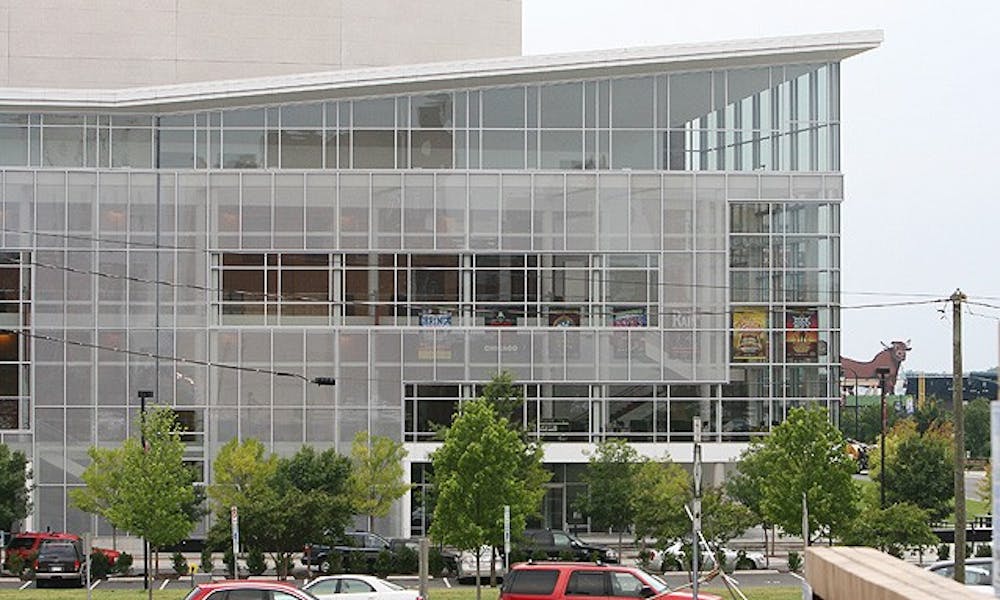Although profits dipped slightly, the Durham Performing Arts Center is still a source of revenue and recognition for the Bull City.
DPAC earned $1.02 million for the city of Durham in the latest fiscal year, according to a preliminary financial statement issued by the city. As a premier theater venue, DPAC hosts more than 150 events per year and made a total of $2.5 million last year—40 percent of which went to Durham. Although Durham owns the facility, PFM/Nederlander serves as its management company. The 2009-2010 fiscal year yielded a profit of $2.9 million for the theater, slightly greater than the 2010-2011 fiscal year.
The revenue earned by the city, known as the DPAC Fund, is used to fund capital improvements to the theater, cover revenue shortfalls in the city’s budget and pay down the debt incurred during DPAC’s construction, said Beverly Thompson, Durham’s public affairs director.
“This is really amazing,” Shelly Green, president and CEO of the Durham Convention and Visitors Bureau, wrote in an email. “Most publicly owned facilities do not come anywhere close to paying [for] themselves.”
Beyond the direct revenue, DPAC facilitates spending in the surrounding downtown Durham community, Green said in an interview.
The DCVB calculated that visitors to DPAC also spent more than $40 million in Durham on restaurants, hotels and retail stores in the past year alone. DPAC’s presence is responsible for approximately $28 million of the spending, Green said.
“Eighteen years ago, when we would go out and survey residents of Wake County, for every one person that was positive [about Durham], there were four negative. Now, for every one negative, there are six positive,” Green explained. “It took 18 years. Eventually you can get them to be positive.”
DPAC, which opened in 2008, was part of an effort to revitalize downtown Durham and enhance the appeal of the area to residents and visitors. In 2005 the city completed renovations to the American Tobacco Historic District to create the American Tobacco Campus. Recent renovations to Durham’s North Carolina Museum of Life and Science and the Carolina Theatre are among the most recent improvements to Durham’s downtown area.
“So many people come to DPAC, and they see all the other great things going on here,” Thompson said. “I’ve heard a lot of people say ‘Gee, I didn’t know that Durham has changed this much, that it has this much to offer.’”
Duke, as the largest employer in Durham, has a special interest in promoting growth in the city, Vice Provost for the Arts Scott Lindroth said. The University saw DPAC as a good opportunity for growth.
“Development of DPAC was very much carried out in collaboration with Duke,” Lindroth said. “More opportunities for economic growth attract people that would not have thought about Durham or Duke before.”
Duke contributed $7.5 million—approximately 17 percent—of the $46.8 million needed for DPAC’s construction, The Chronicle reported in July.
“It’s been a great investment for the city,” Thompson said. “It’s certainly exceeded our expectations.”
Get The Chronicle straight to your inbox
Signup for our weekly newsletter. Cancel at any time.

